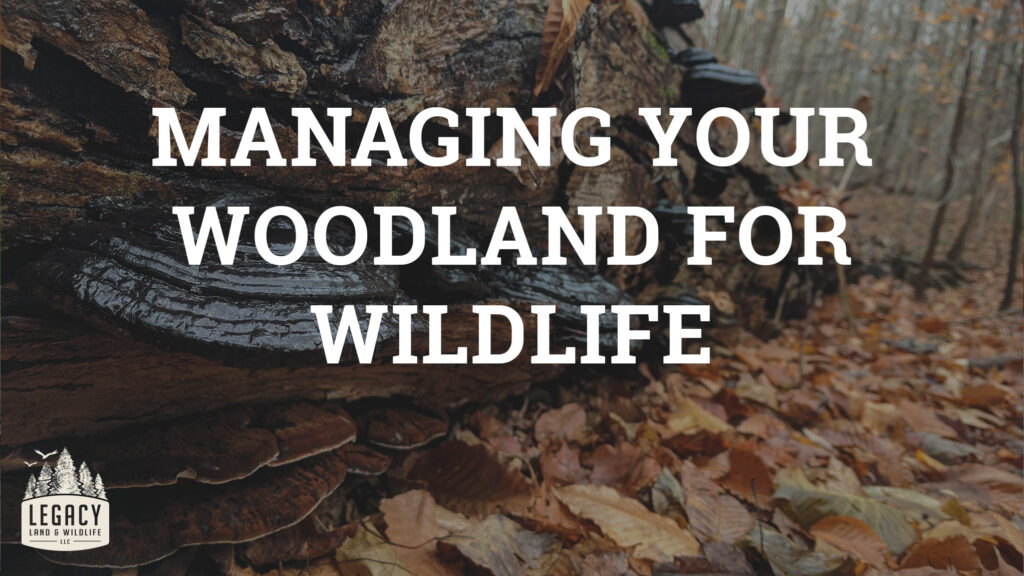
Managing Your Woodland for Wildlife
Forest stewardship objectives (timber harvesting, timber stand improvement, etc.) completed in the forest landscape also accomplish wildlife management objectives as well.
Therefore, forestry management objectives must consider wildlife management objectives. Some helpful forestry practices for your woodland landscape are as follows:
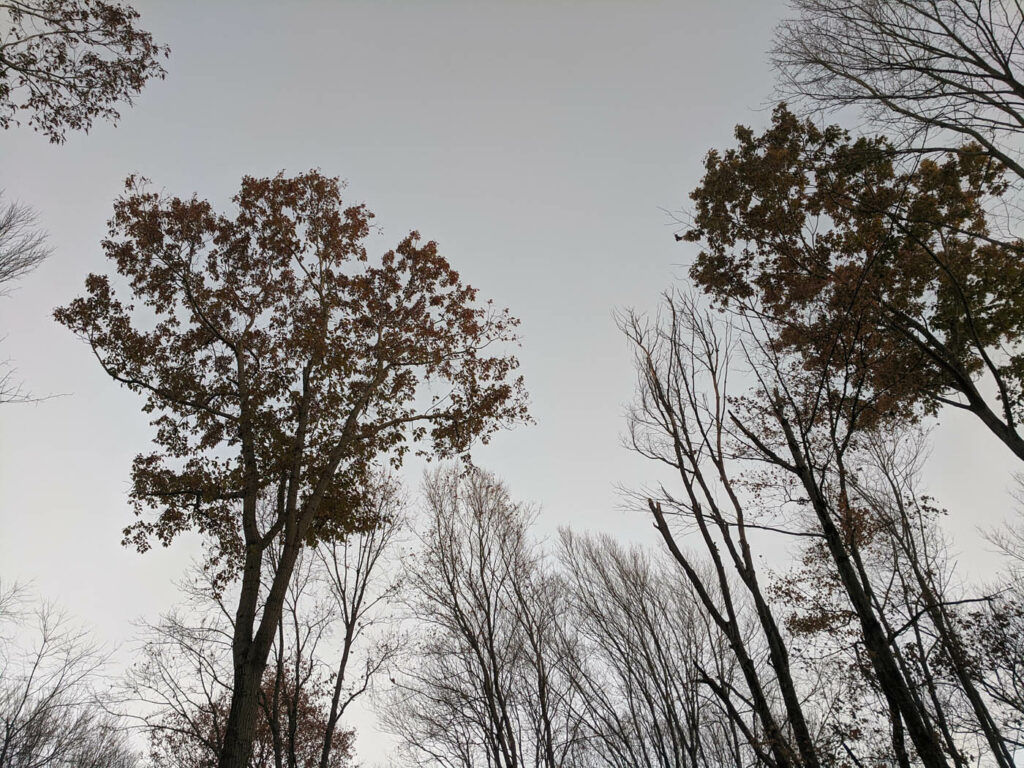
Create or Maintain Wildlife Den Trees in the Forest
While snags (dead standing trees) can be dangerous, they can provide wildlife denning habitat—along with some live trees with open cavities. Also, they can provide a source of food for woodpeckers. These trees are greater than 4” in diameter-at-breast-height (DBH). Tree species (in the northeast part of the United States) such as maple, beech, aspen, yellow poplar, ash, American basswood, birch, and cottonwood are good candidates for den trees. Leave 5–10 den trees/acre.
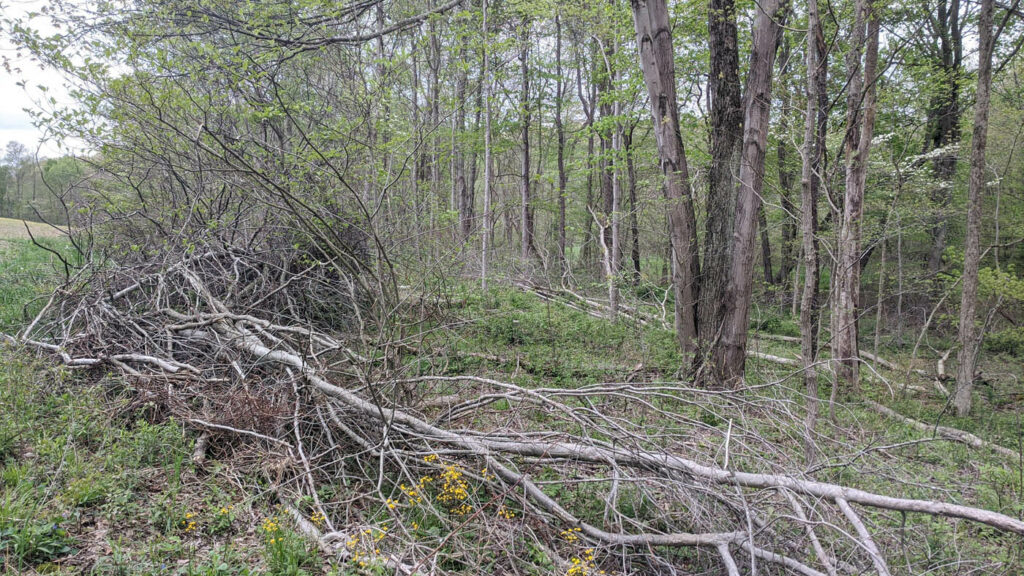
Leave Down Woody Debris on the Forest Floor
Down Woody Debris (DWD) facilitates beneficial habitat for a variety of wildlife species (i.e. birds, mammals, reptiles, insects, and amphibians). This material is greater than 6” with at least 90% of the length contacting the ground.

Encourage the Growth of Mast Producing Trees
Timber harvest thinning (crop tree release, crown thinning, etc.) can provide beneficial growing conditions for mast producing (wildlife food source) trees. In short, these harvest types provide additional growing space in order to increase growth of the residual stand and increase mast production.
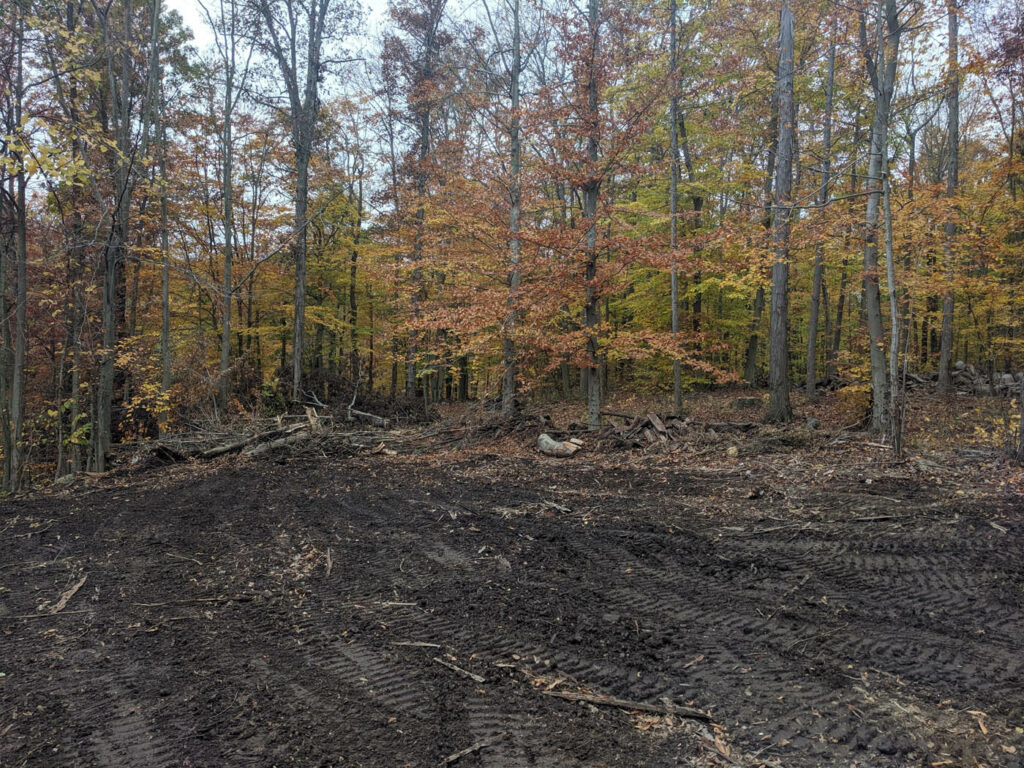
Strategically Plant Trees
Tree planting has grown in popularity largely due to the public’s interest of sustainability. The site enhancement technique facilitates habitat and species diversity on the landscape for the benefit of wildlife. Be sure to properly plan for your next tree planting and purposefully plant native species. You should focus on planting a diversity of species of trees and shrubs.
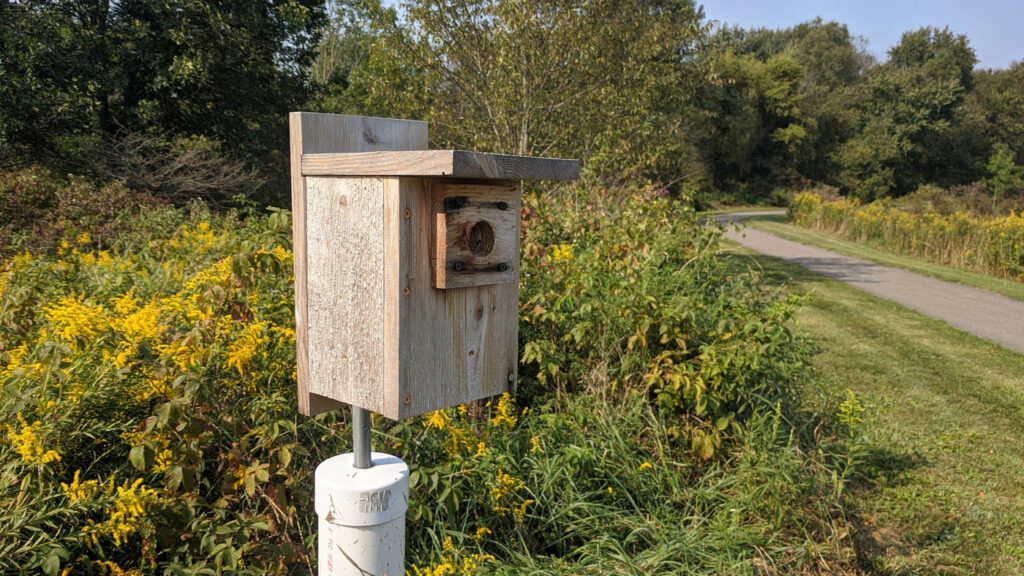
Establish Young Forest Habitat (Early Successional Habitat)
Young forest habitat provides beneficial habitat with a variety of wildlife species. Forest management practices (even-aged forest management like shelterwood and overstory removal harvests, edge feathering, etc.) can provide thriving wildlife habitat.
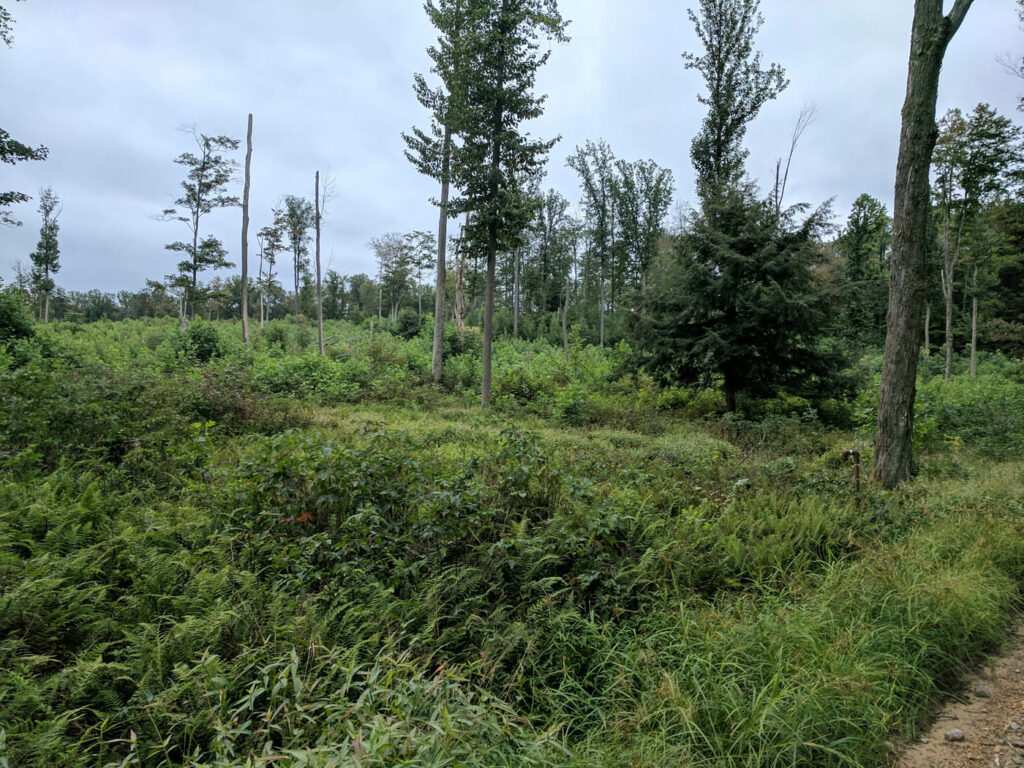
Establish Shrubland Habitat
Shrubland habitat (characteristically >2 acres in size) consists of soft mast shrubs and small trees (seedling and saplings; >6-inch DBH less than 15’ tall). Some of the species include the following: apple, crabapple, viburnum, serviceberry, dogwood, and hawthorn. A mix of grasses, forbs, and legumes are desirable as well.
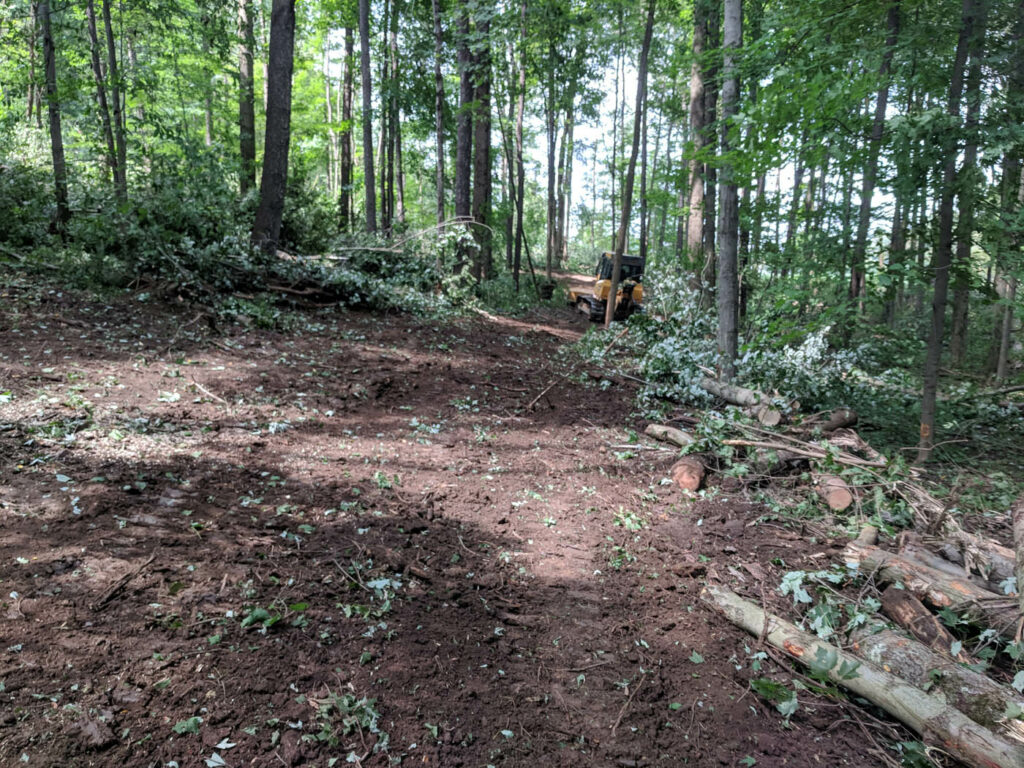
Leave Tree Tops on the Forest Floor
Timber harvesting leaves behind trees tops that some landowners struggle with being an eyesore. Although they can be unsightly, they have many benefits: security cover for wildlife, a food source for various wildlife species, organic matter that enters back into the soil (through the nutrient recycling process), mushroom growing, firewood, etc.

Install Habitat Boxes in Strategic Locations
Habitat boxes (nesting boxes, bat boxes, etc.) are a functional way to provide pre- and post- breeding habitat for many wildlife species. Some species to target at eastern bluebird, house wren, tree swallow, purple martin, owls, and bats.
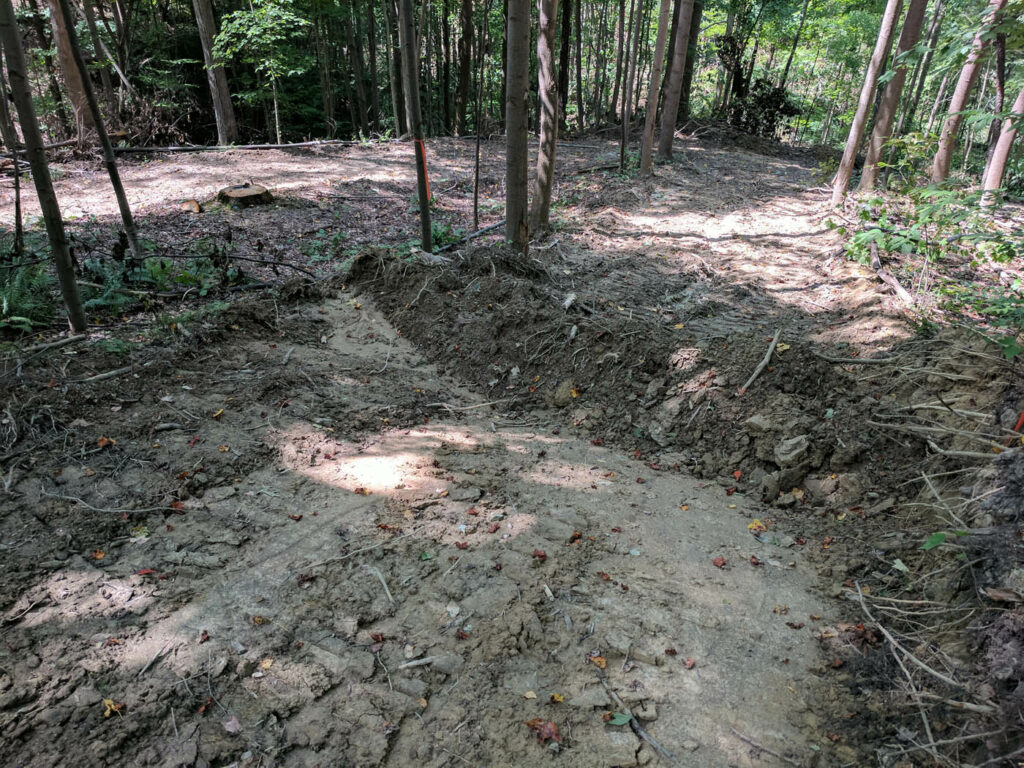
Remediate Skid Trails and Log Landings
Remediated skid trails and log landings provide many opportunities for wildlife stewardship. Some options are to sow seeds that are multifunctional (i.e. erosion control, food source, pollinator habitat, etc.) rather than introduce unwanted grass species into the forest landscape.

Create Edge Habitat
A common missing link in forest landscapes are transitional habitat zones. These areas are best created between an open space (agricultural field, yard, hay field, etc.) and a wooded area. Edge feathering and edge notching are the management techniques used to created intentional areas of edge habitat.
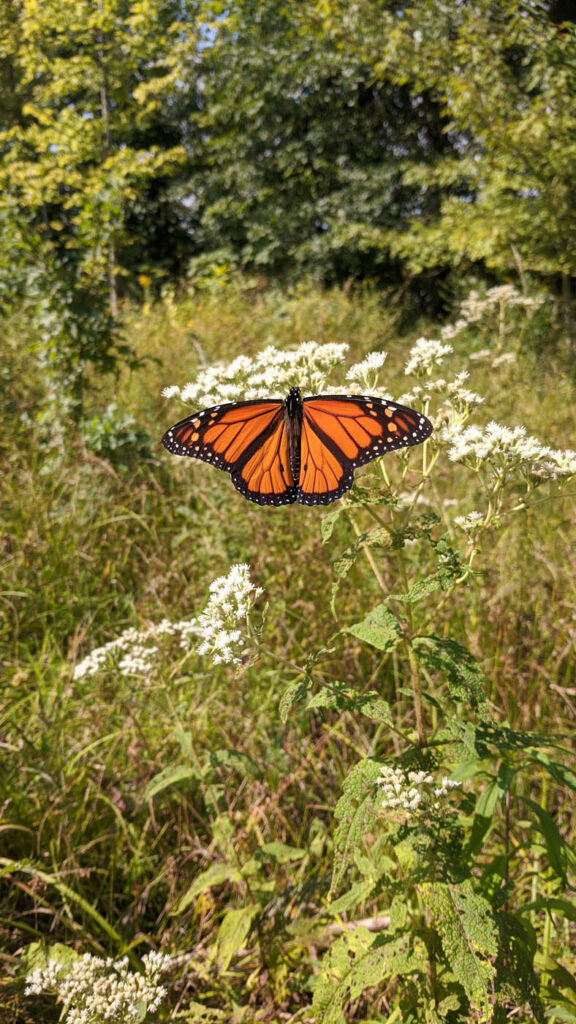
Plant Pollinator Habitat
Pollinator species have been a primary conservation discussion item in recent years. The reason is somewhat due to the population decline of monarch butterflies. Designate an area even in your yard for the purposes of this stewardship effort.
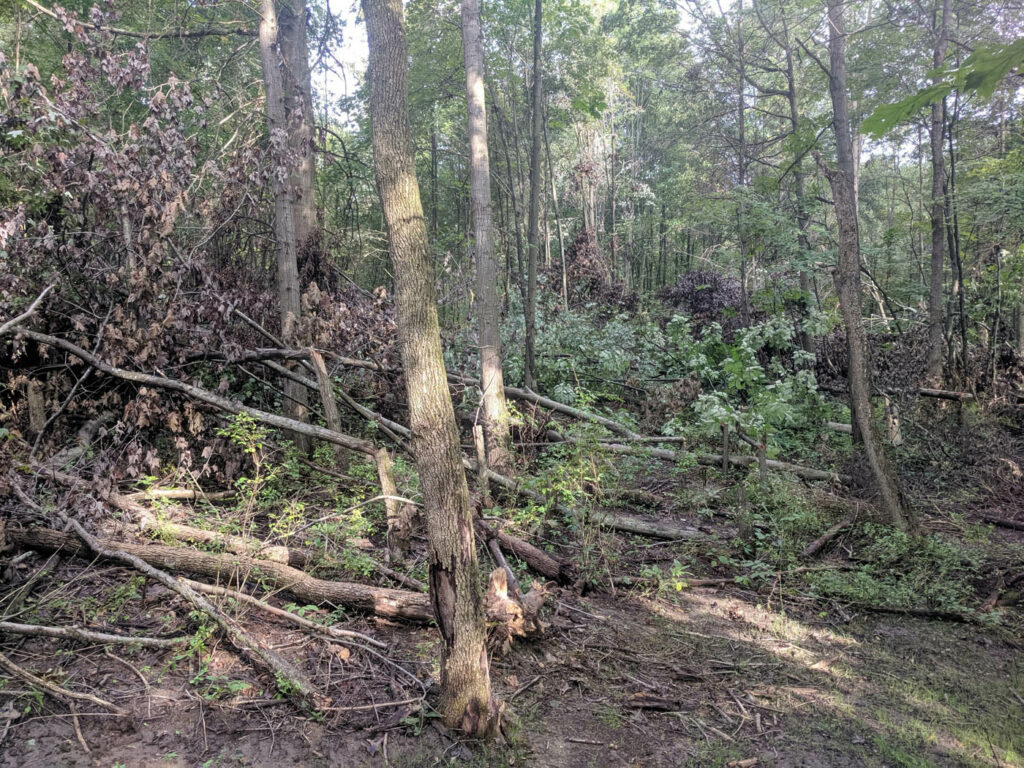
Build Habitat Piles
Habitat piles of all shapes and sizes are a great addition to the forest landscape. The dimensions, location, and material used will vary depending on the target species of wildlife. Most know to use varies types and sizes of would, but rocks make a great habitat pile as well.
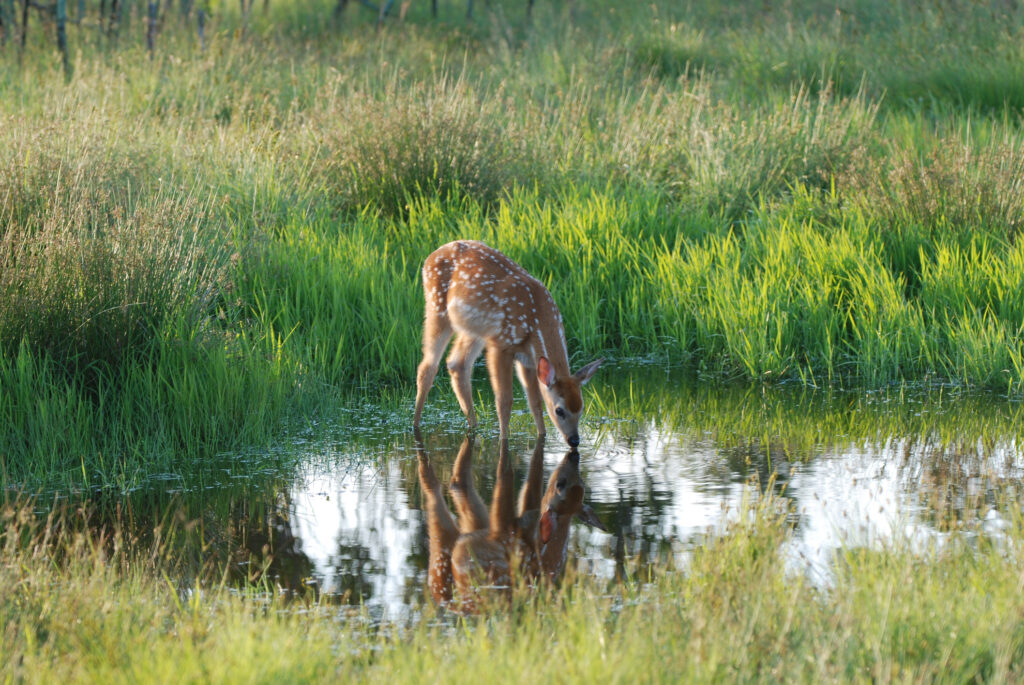
Install Water Sources
Water is crucial for all living beings including the wildlife in your woodlands. Strategically located water sources will be a great asset your wildlife landscape.

Locate Mast Trees
Mast producing tree species (such as oak and black cherry) are crucial component for any woodland for diversity of both tree species and wildlife species. Hard mast (acorns, hickory nuts, walnuts, etc.) and soft maple (black cherries, grapes, apples, etc.) are prime food sources for a variety of wildlife critters.
Opportunities abound for you to manage your woodlands to benefit the wildlife. Use the ideas above and the attached assessment in order to bolster the wildlife habitat on your property.
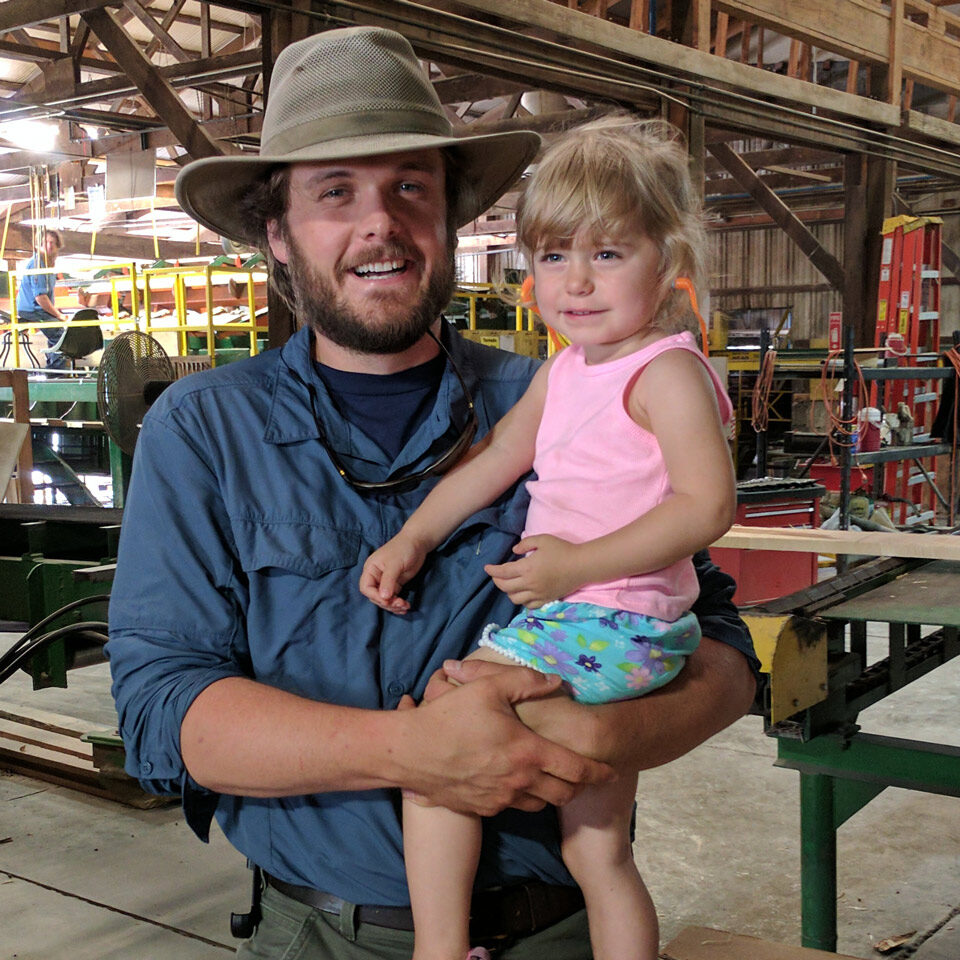
About Dave Duell
Outdoorsman, conservationist, forester, father, husband, and Christian: Dave Duell owns and manages Legacy Land and Wildlife LLC and provides conservation and forestry services and guidance to Pennsylvania and Ohio. It's his passion to assist and educate land owners and other outdoors enthusiasts about the importance of being a good steward of their land and the wildlife therein. Learn more about Dave and Legacy Land & Wildlife by clicking here.

Legacy Land & Wildlife LLC is your resource for forestry, conservation, and land & wildlife stewardship. Based in Eastern Ohio, we provide services to Ohio, Pennsylvania, and beyond.
